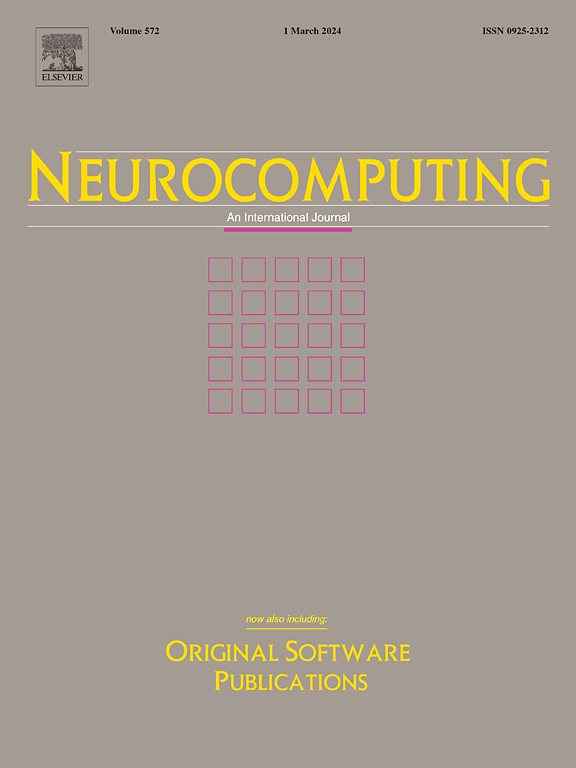MPLR-CapsNet: A novel capsule network with multi-line parallel features and logical reasoning for occluded pedestrian detection
IF 5.5
2区 计算机科学
Q1 COMPUTER SCIENCE, ARTIFICIAL INTELLIGENCE
引用次数: 0
Abstract
Occluded pedestrian detection is a key technology in computer vision. The parts of pedestrians covered are random, and diverse clothes, postures, and varying scales make occluded pedestrian detection a challenging task. In order to solve the above issues, we propose a novel capsule network model, MPLR-CapsNet, based on multi-line parallel features and logical reasoning, aiming to achieve accurate detection of occluded pedestrians in dense scenes. This network model introduces RS module to learn diversified key feature information in a directional manner, and use Mix-squash function to enhance the anti-interference and generalization abilities of the network model. Furthermore, the local pruning strategy is adopted to retain only the important low-level capsules connected to high-level capsules in the dynamic routing stage, effectively reducing the training parameters of the network model. In addition, we propose a capsule reasoning module based on the hyper-sausage metric model in the reasoning detection stage, transforming the object category and coordinates into the attribute representations of capsule entities, which significantly enhance the autonomous reasoning and discriminant abilities of the network model. Extensive experiments conducted on two standard occluded pedestrian datasets validate the advancement of the proposed method, outperforming existing state-of-the-art solutions. Our model achieves Top-1 accuracies of 97.6 % and 94.5 % on the CityPersons and CrowdHuman datasets, respectively.
求助全文
约1分钟内获得全文
求助全文
来源期刊

Neurocomputing
工程技术-计算机:人工智能
CiteScore
13.10
自引率
10.00%
发文量
1382
审稿时长
70 days
期刊介绍:
Neurocomputing publishes articles describing recent fundamental contributions in the field of neurocomputing. Neurocomputing theory, practice and applications are the essential topics being covered.
 求助内容:
求助内容: 应助结果提醒方式:
应助结果提醒方式:


